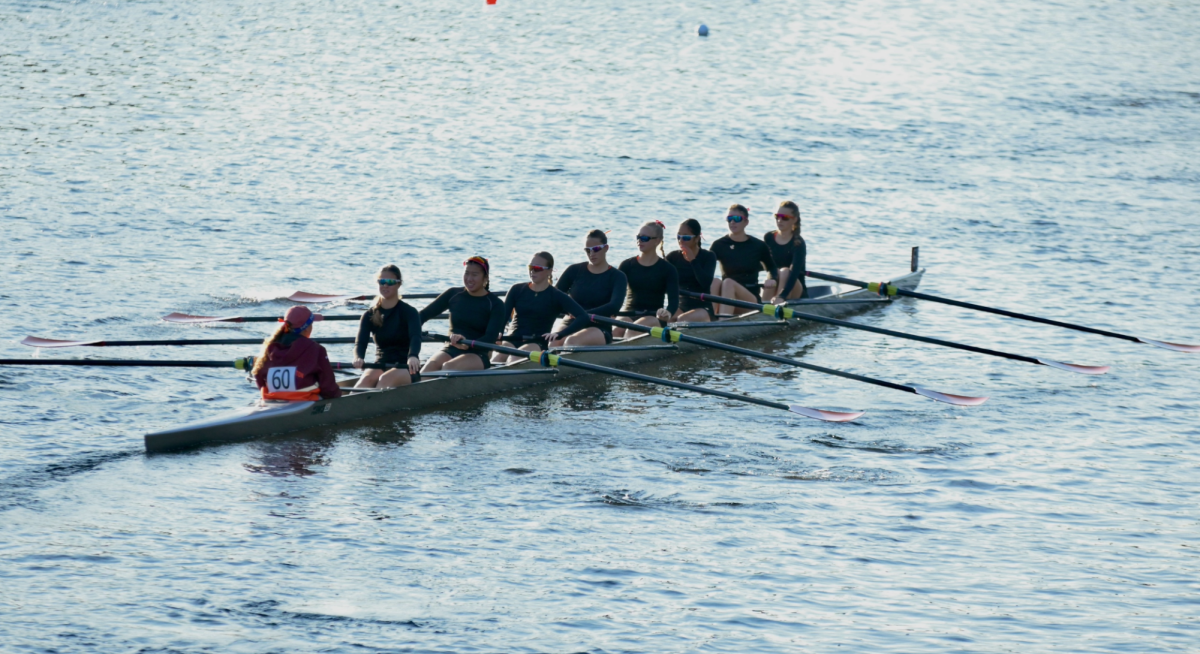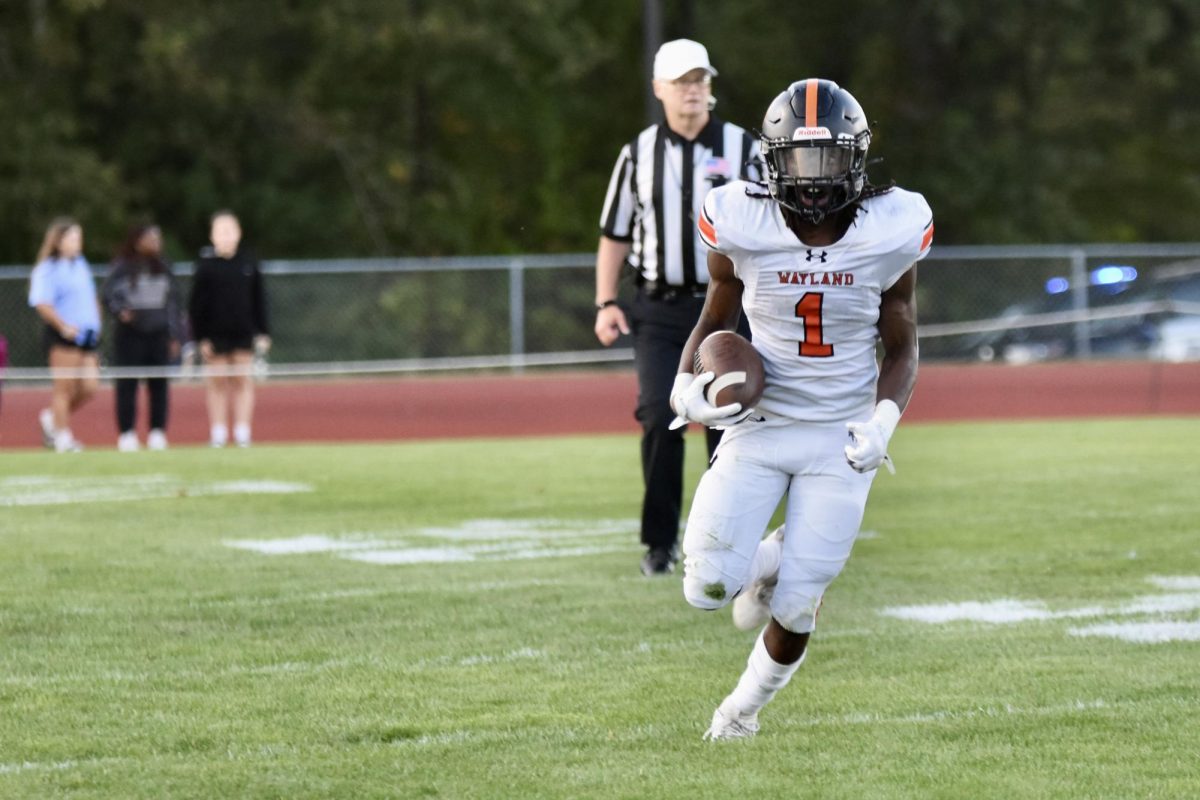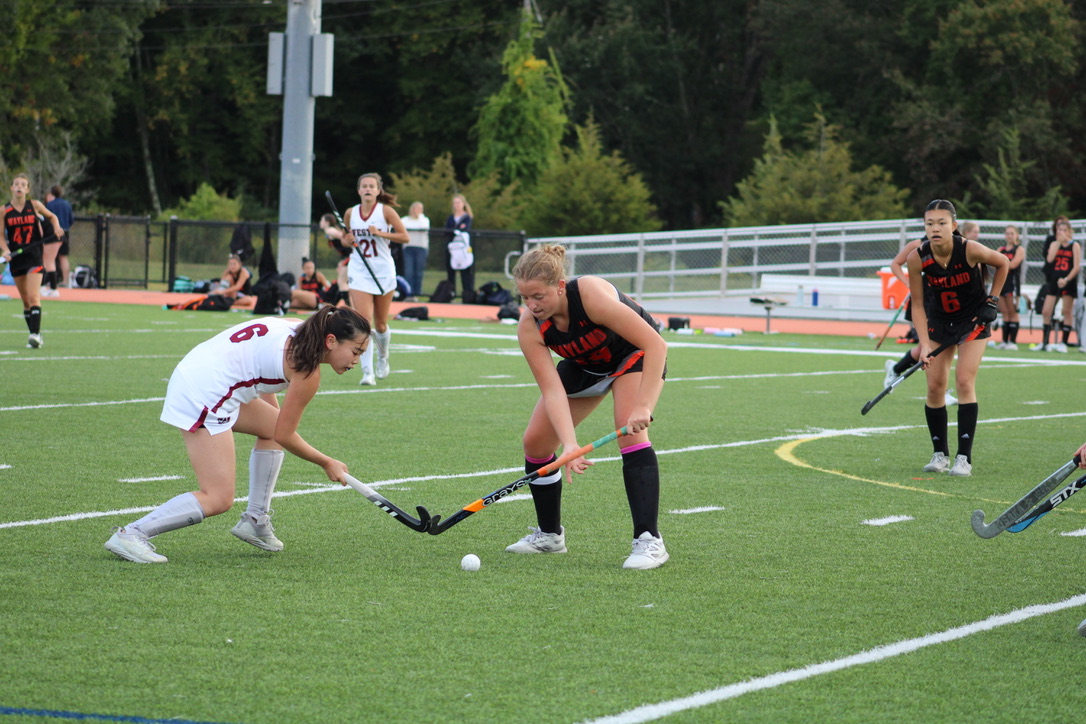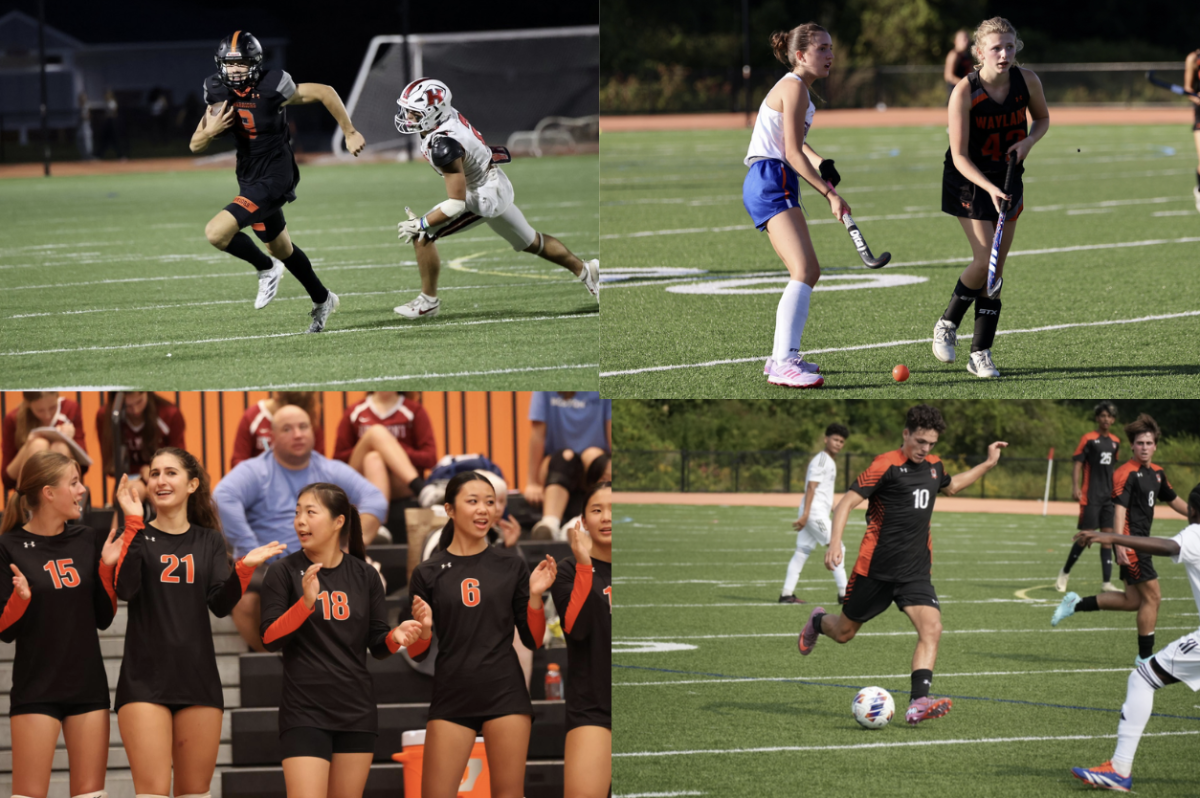School shootings and student safety
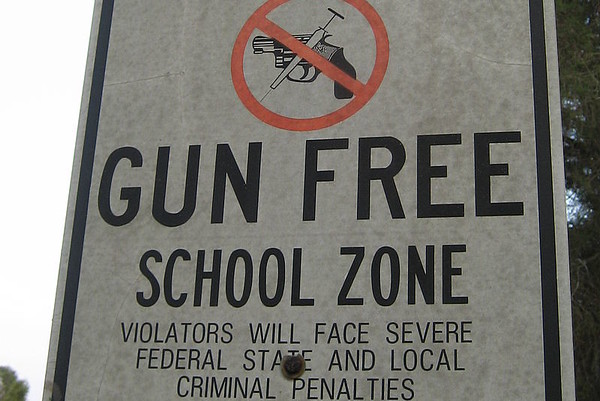
Credit: Flickr
WSPN’s Joyce Wu looks into WHS safety protocol.
June 20, 2018
February 14, 2018. Armed with an AR-15, Nikolas Cruz enters Marjory Stoneman Douglas High School. Over the course of just six minutes, he takes 17 lives. Over the course of just six minutes, the school’s security fails to stop a single 19-year-old from entering the school armed, taking multiple shots at students and exiting the building with no real struggle at all.
This massacre spurred a national debate regarding the reformation of gun laws. People regarded this shooting to be distinct from others, as many were sure that reform would finally be implemented to protect the students.
Just three months later, however, on May 18, another shooting occurred in Santa Fe High School. Ten were wounded, and another ten died. These repeated school shootings raise the question: how safe are we in our schools?
WPS recently implemented a new safety protocol, “ALICE,” during the 2015-16 school year. Before then, students and administration practiced the standard “lockdown” procedure.
K-12 Wellness Director Scott Parseghian and Safety Officer Shane Bowles first introduced the protocol.
“About four years ago, Bowles and I went and got certified in the ALICE protocol,” Parseghian said. “We had done a lot of things before that, just going into lockdown, sheltering in place and using the red and green cards. Then, we went to a two-day training [for ALICE], and we presented it in front of the administrative council. They all agreed [to put it in place], so we did trainings at every single school [in the district] and the town hall.”
ALICE is an acronym that stands for “alert, lockdown, inform, counter and evacuate.” According to Parseghian, having these multiple steps helps ensure that all faculty and students are well-informed of potential emergency situations.
“We want to [be able to] pick up the phone and say, ‘Hey, the shooter’s by the fitness room,’” Parseghian said. “That way, if [a student] is in the math wing, they know they have a good chance of being able to leave. It helps you make those decisions.”
According to Principal Allyson Mizoguchi, ALICE offers the flexibility and choices that simply going into lockdown doesn’t.
“[Implementing ALICE] was an effort to give students and staff more options when it comes to a possible emergency situation, particularly involving an intruder,” Mizoguchi said. “Before, our system was [to] basically shelter in place and lockdown. What we liked about ALICE was that it involved the options of evacuating, making quicker decisions and having more options.”
The recent gun massacres have changed many people’s viewpoint on the level of safety in schools across the country. According to Parseghian, these incidents have also influenced the culture at WHS.
“I really wish I could say it isn’t in the back of everyone’s mind,” Parseghian said. “When we do the drills with the faculty, there is a lot of anxiety, and it brings up a lot of fear just thinking about it. I think [that for] a lot of the teachers, we try to do our job without thinking about that part.”
One additional aspect to consider when examining the school’s safety is the open campus. Upperclassmen are allowed to leave campus if they do not have classes, and juniors are allowed to come later to school and leave earlier.
“Here at WHS, we’re probably one of the few schools that have open doors in the state of Massachusetts,” Parseghian said. “That’s because of the open campus. Getting the air, walking from buildings – everyone wanted to keep this outdoor type of feel.”
Although there are safety procedures such as ALICE that may protect students during an attack, Mizoguchi says that there are also preventative measures that students and faculty can take to help avoid any incidents.
“ALICE is a safety protocol that we believe in, but it’s also only one piece of the puzzle,” Mizoguchi said. “We want to also make sure that as a community, we are watchful, we are taking care of each other, and we are paying attention to one another. That goes for staff and adults paying attention to students, and I think we have a lot of mechanisms for that to occur, such as advisory and the student study team.
According to Mizoguchi, having students looking out for others students can have just as much of an impact.
“We would hope that if a student were concerned about the behavior of another student or what they were saying that there would be an adult they could talk to about that,” Mizoguchi said. “If even then they didn’t feel safe doing that, we have the confidential reporting form on our website. So it’s easy for a student or just about anyone to report a concern that we would look in to.”
Many students at WHS hold mixed opinions about how these shootings influence their regular day-to-day life. Sophomore Angela Chi believes that these shootings aren’t caused by weak safety protocols, but rather because students don’t receive as much emotional support as they should.
“I feel like this doesn’t call into question school safety measures as much as make us question why people who do these horrific and tragic things are not prevented beforehand,” sophomore Angela Chi said. “It’s a question of building more defenses but also eradicating this problem from the root. How did we let someone deteriorate emotionally into a state where they felt the need to shoot up a school? I think the epidemic of school shootings illustrates more about the help that people need.”










